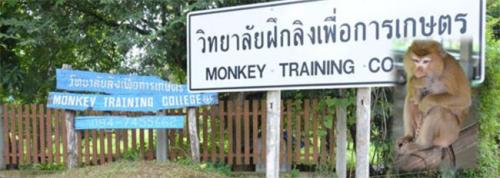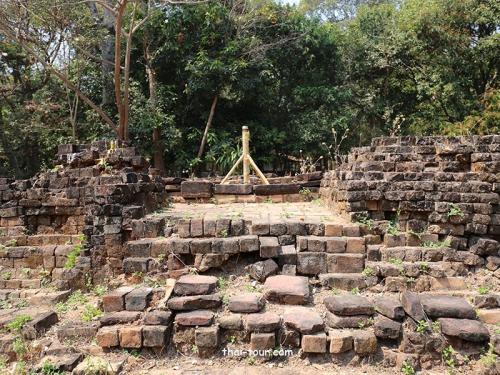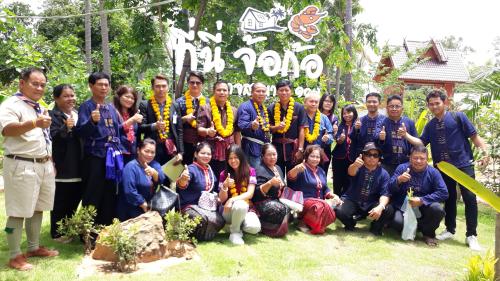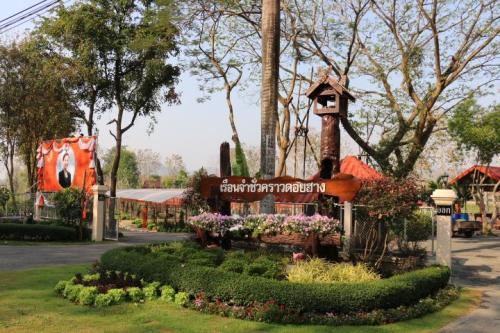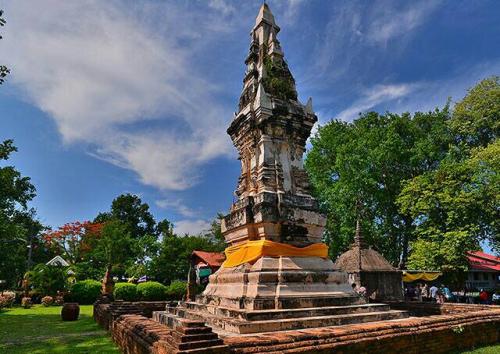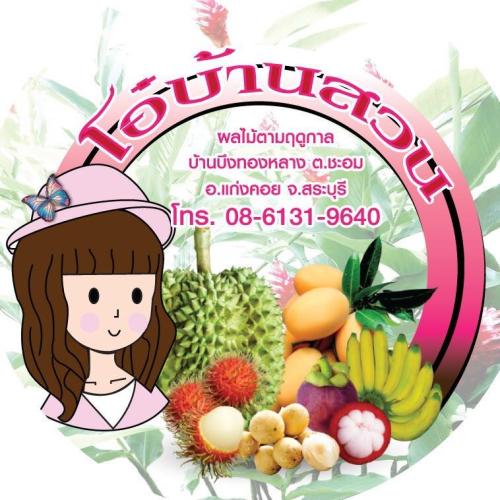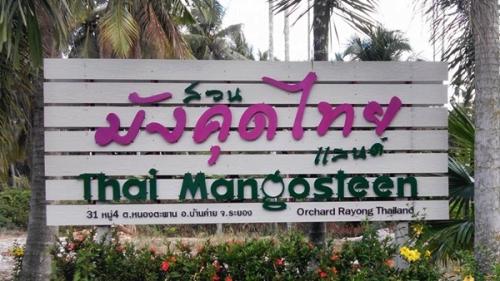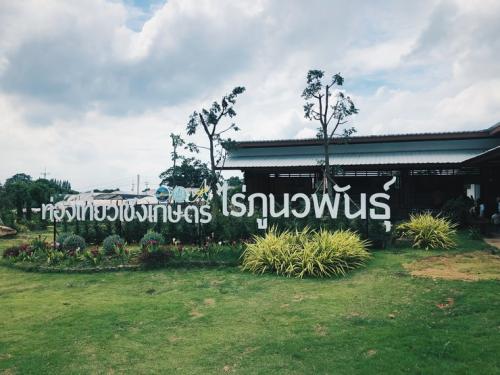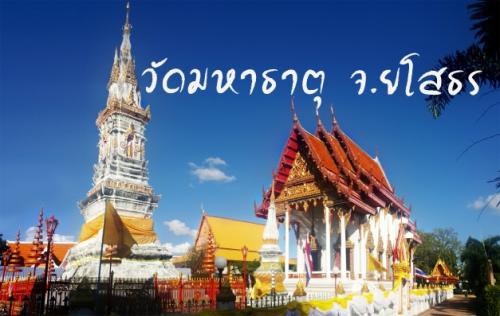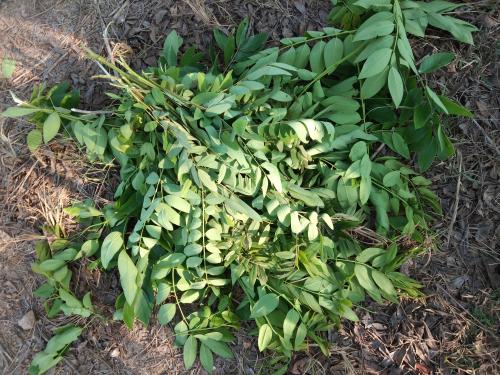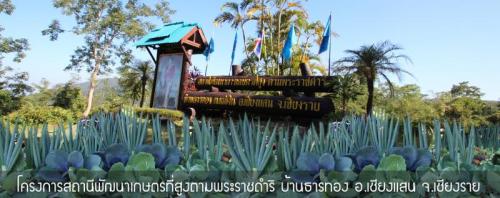Weather
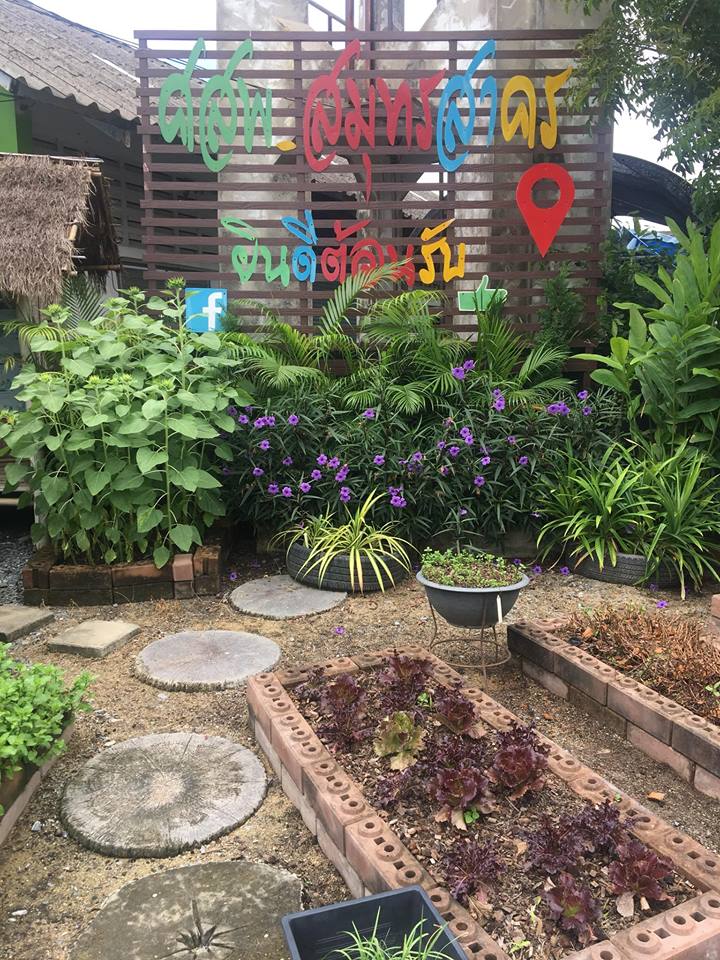
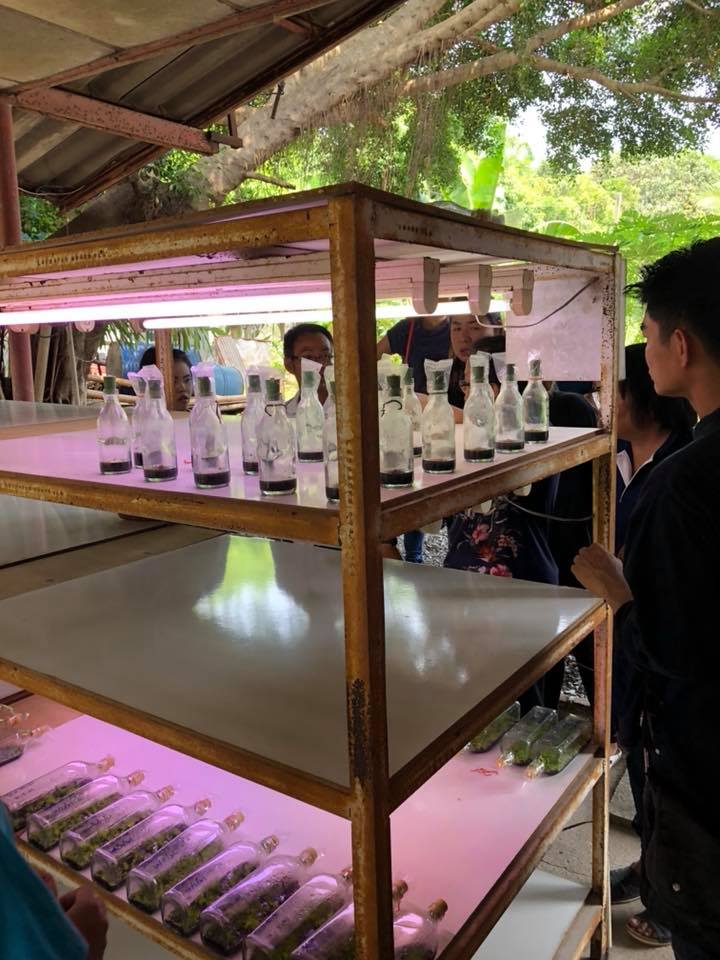
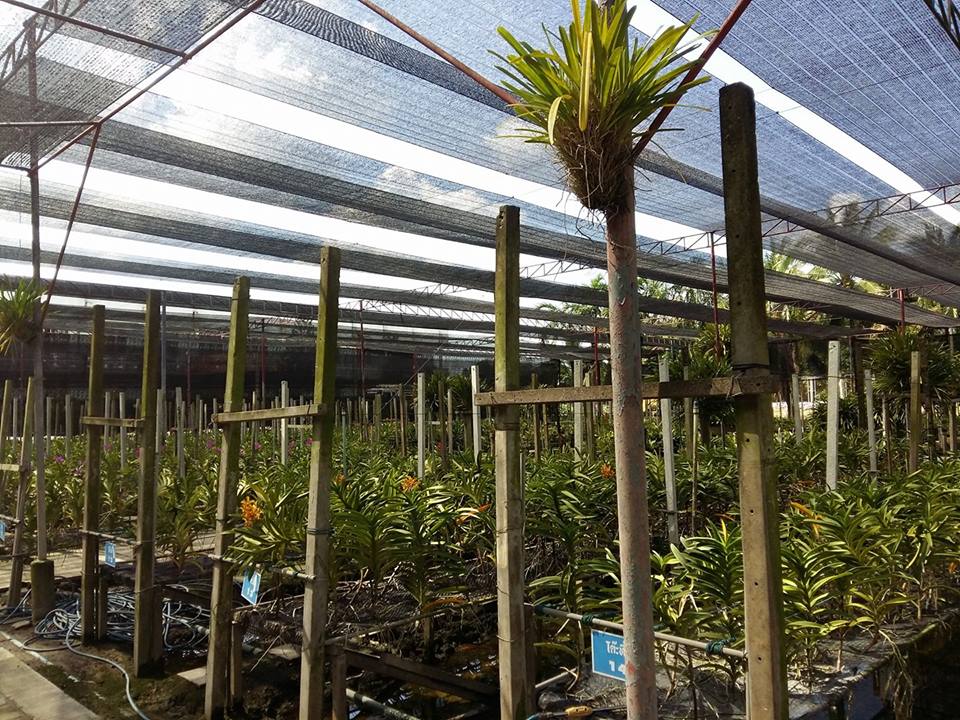
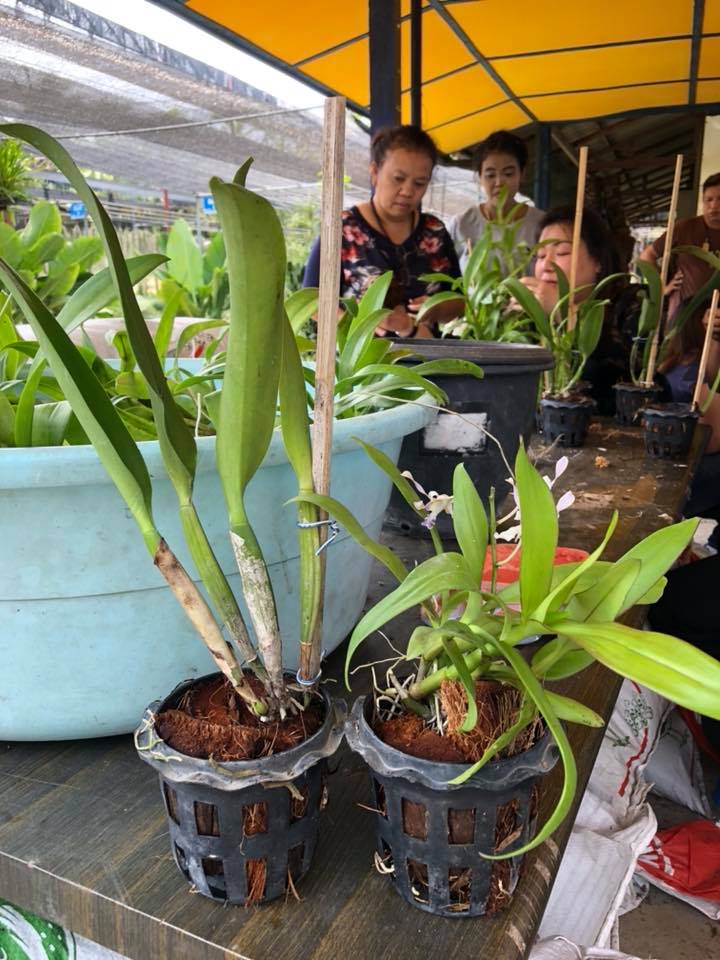
Closed
Business hours
• Sunday
: 09:00 - 16:00
• Monday
: 09:00 - 16:00
• Tuesday
: 09:00 - 16:00
• Wednesday
: 09:00 - 16:00
• Thursday
: 09:00 - 16:00
• Friday
: 09:00 - 16:00
• Saturday
: 09:00 - 16:00
Note
: -
Map
Review Score
0
Information
It is organized as a learning point station in a systematic way such as
1.1. Orchid seed service station and an orchid seed room
1.2. Planting station for various orchid species and increasing the value of orchids
1.3. Ornamental plant planting and propagation station
1.4. Biological production (Trichoderma Beauveria BT), composting does not return to the pile of Mae Jo formula.
1.5. Earthworm, cricket and sloping station
1.6. Hydroponics and Sky Vegetable Planting Station
1.7. Various types of mushroom cultivation stations
1.8. Plant seedling cultivation station and food processing from mushrooms
1.9. Different types of fruit plant propagation stations
1.10. Integrated Agricultural Station according to the Sufficiency Economy Philosophy
(can be adjusted as appropriate)
1.1. Orchid seed service station and an orchid seed room
1.2. Planting station for various orchid species and increasing the value of orchids
1.3. Ornamental plant planting and propagation station
1.4. Biological production (Trichoderma Beauveria BT), composting does not return to the pile of Mae Jo formula.
1.5. Earthworm, cricket and sloping station
1.6. Hydroponics and Sky Vegetable Planting Station
1.7. Various types of mushroom cultivation stations
1.8. Plant seedling cultivation station and food processing from mushrooms
1.9. Different types of fruit plant propagation stations
1.10. Integrated Agricultural Station according to the Sufficiency Economy Philosophy
(can be adjusted as appropriate)
Source
Thailand Tourism Directory
Recommended
Entrance fees
• Entrance fees: Non-fee
• Remark : -
Review (0)
Write Review
0
จาก 5.0
Availability
Value
Service
Relate Agritourism
Monkeys, according to teacher Somjai, are like naughty children. Teacher You must teach it in stages, beginning with the easiest and progressing to the most difficult. The courses are structured as follows: first month using hands, second month using feet, third month standing posture and jumping posture, fourth month climbing, fifth month climbing, sixth month working, and so on. Teachers must teach monkeys face to face till they are trustworthy and it is important to use eyes and hearts.
Surat Thani
Baan Bua Thoeng Community, the learning center for sufficient living, mixed farming, organic agriculture, bio-composting resources, the benefits and use of bio-compost to agriculture, and the use of local wisdom in agricultural development to suit hot and dry climate of Northeast.
Ubon Ratchathani
Dong Muang Toei is the old city of the Khmer period. No one knows when it has been an abandoned city for how long. The condition seen from many generations of great-grandparents; Dong Muang Toei has high forests with transparent in the bottom ground. There were some small trees and the big trees are rubber trees, tabaek trees, and Yang Hiang trees. It is a very dense forest. The parents and grandparents did not dare to cut down the trees in this grove because Dong Muang Toei has a fierce ghost called the Ghost of Grandfather. The forest is the habitat of monkeys and many birds. The marsh around Dong Muang Toei is a deep swamp with water all year round. It is a habitat and a natural breeding ground for fish. In addition to birds and this swamp is known to have the most turtles. The reason there are so many turtles, the villagers worship the spirits of their grandfathers. Grandfather forbids anyone to eat and destroy his animals, monkeys and turtles, and if they cause harm, they shall be punished accordingly.
Later, about 90 years ago, Song Puei villagers had a shaman who studied sorcery to perform a ceremony to defeat the ghosts of Muang Toei. This sorcerer's name is Elder Suwo. This incident coincides with the reign of Father Yai Agrahad. It was the eyes of the light when villagers near and far heard the news that Father Yai Suwo had defeated the Phi Dong Muang Toei. They flocked to catch fish turtles from Muang Toei for food until they almost cleared the swamp. So turtles are almost extinct until now. Father Yai Suwo has shared the swamp as a land for brothers and sisters to cultivate until today. As for Dong Muang Toei, the area has been divided into farming, gardening, and growing crops as much as today. This is true Elderly people who have reached 90 years of age, such as Father Yai, light scent, Father Big Bu Kokpuei, are still alive as witnesses.
Yasothon
It is a shrimp pond of the Cho Ko village. Tourists can visit to see how to catch shrimp and can eat freshly from the pond.
Roi Et
Doi Hang Temporary Prison under the Chiang Rai Central Prison Implementation of the Royal Initiative Project god nephew Prince Patcharakitiyapha in adopting the Sufficiency Economy Philosophy in prisons so that inmates can adopt the Sufficiency Economy Philosophy of His Majesty the King to actually use after the penalty. It is an encouragement for the inmates and also gives the inmates the opportunity to return to society with skills that can lead a self-reliant life without turning back to commit another crime. It is a learning center for sufficiency economy. Open for systematic visits and visits and is an important check-in point for tourists and the general public who come to use the service.
Chiang Rai
Phra That Kong Khao Noi is located in the rice fields of Tambon Tat Thong; it is an old chedi in the Khmer period, built in the 23rd-25th Buddhist century, corresponding to the late Ayutthaya period. It is located in the area of Wat Phra That Kong Khao Noi which was originally just a rice field in Tambon Tat Thong
Phra That Kong Khao Noi is a brick and cement chedi. The shape is strange from the general pagoda is characterized as a rice hull. The Phra That is a rectangular chedi with three wooden indented corners. The square base is 2 meters wide on each side and raised about 1 meter in height. Next to this part is the top of the chedi, which is gradually approaching each other, while the outer peak of Phra That Kong Khao Noi is surrounded by a brick wall measuring 55 meters in size.
In addition, behind the relics there is a Buddha image made of bricks. The villagers regarded it as very sacred. And in the fifth month, people come to bathe the Buddha image and cover it with gold. It is believed that if this were not done, the rain would have dried up that year.
Also in the area of Ban Tad Thong, the Fine Arts Department has excavated the stories of prehistoric humans by discovering human skeletons in prehistoric times and painted utensils in Ban Chiang style
Yasothon
Seasonal fruit garden with fragrant durian, sweet rambutan and delicious mangosteen; affordable price, pay attention to every plant delivered directly to the customer
Saraburi
Thai Mangosteen Garden (Suan Khun Panya) has more than 300 mangosteen trees and various kinds of fruits, such as rambutan, durian and dragon fruit. It is an agro-tourism attraction where the visitors can come and enjoy the fruit buffet for 150 baht per person. This garden also has the homestay accommodation available.
Rayong
Phu Nawaphan Vineyard It is a vineyard with processed products of grapes, grapes, grape juice, etc.
Saraburi
Phra That Yasothon or Phra That Anon located in front of the ubosot; it is one of the important old relics in the northeastern region. It has Rectangular chedi with a top similar to Phra That Phanom, and inside the Phra That contains the relics of Phra Anon. The construction was influenced by Laos art that was popularly built during the late Ayutthaya period to the early Rattanakosin period which corresponds to the history of setting up the city and the history of Wat Mahathat
Yasothon
It is an eco-tourism attraction with non-toxic vegetables, flowering plants
Chiang Rai

